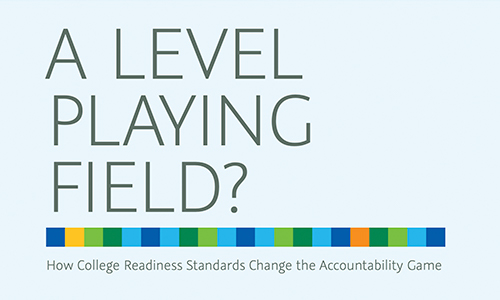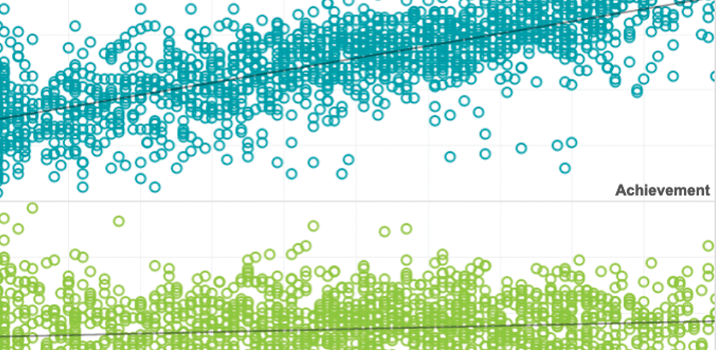Blog article
Why Arizona Needs Common Core Standards
2009

Description
This The Arizona Republic article examines the three key areas of mathematics teaching and learning: ways of doing, ways of thinking and habits of thinking.
Read moreRelated Topics



Who Moved the Mathematics?: The Need for IMPACT
This American Mathematical Association of Two-Year Colleges (AMATYC) article examines the three key areas of mathematics teaching and learning: ways of doing, ways of thinking and habits of thinking.


Finding root causes effectively: A powerful way to improve schools
Using experience gained by facilitating the determination of root causes in schools and in industrial settings, as well as lessons from research and literature both within and outside of education, this paper provides a recommend process, and detailed protocols and tools for defining problems to be investigated and determining their root causes.
By: Andrew Hegedus
Topics: High-growth schools & practices


Do high flyers maintain their altitude?
In the visualizations in this exhibit, you can compare the performance and growth of various groups of high achievers to that of their peers over multiple years.
By: Yun Xiang, Michael Dahlin, John Cronin, Robert Theaker, Sarah Durant
Topics: Equity, High-growth schools & practices


For decades, researchers and practitioners have made a great deal of effort to study a variety of methods to increase parameter accuracy, but only recently can researchers start focusing on improving parameter estimations by using a joint model that could incorporate RT and students information as CI.
By: Shudong Wang, Hong Jiao
Topics: Test design


Examine construct validity of computerized adaptive test in K–12 assessments
The purpose of this study is to investigate the effect of missing data in computerized adaptive tests (CAT) on test construct validity.
By: Shudong Wang, Hong Jiao
Topics: Computer adaptive testing


A level playing field: College readiness standards
Some of our assumptions about the growth and performance of students from high-poverty schools relative to their peers from wealthier schools may be challenged in this data gallery, where you can explore how school poverty level interacts with student growth, college readiness, and college access.
By: Michael Dahlin, Beth Tarasawa
Topics: Equity, College & career readiness


